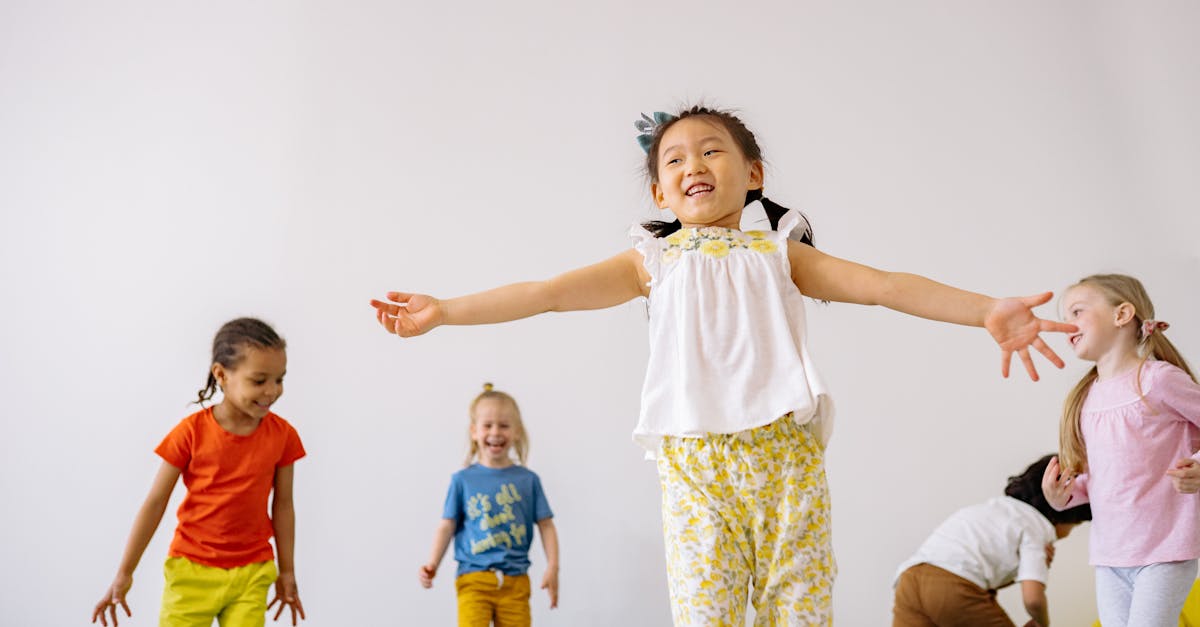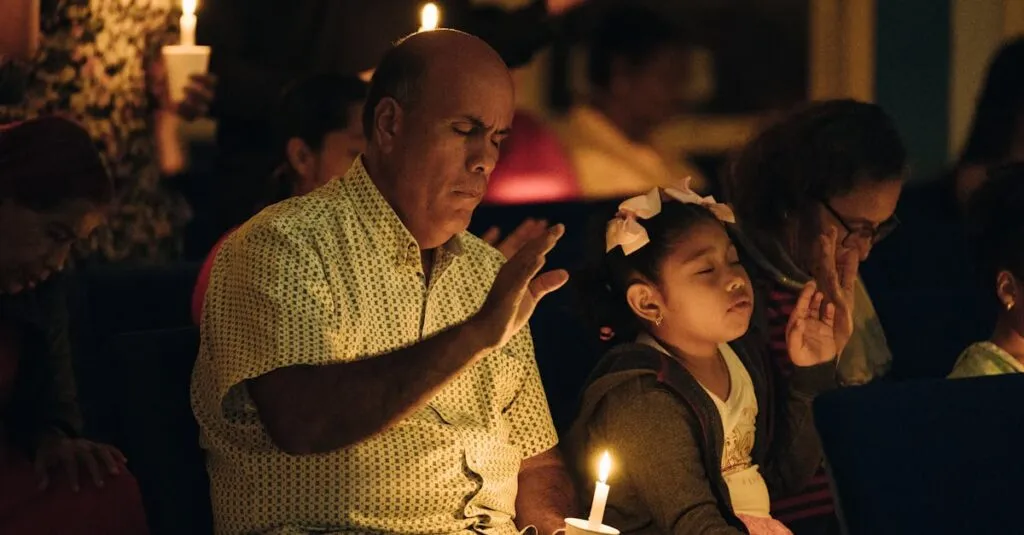Understanding Grief in Preschoolers
Preschoolers experience grief differently. While their understanding of loss is limited, emotions run deep. Imagine their confusion when someone they love is suddenly gone, like when their favorite toy mysteriously disappears. It’s crucial to acknowledge these feelings.
How to Help Preschoolers Cope with Grief
- Use familiar terms.
- Explain that missing someone is okay; offer lots of hugs.
- Share simple, faith-based stories to convey that life is a journey and sometimes, we see our loved ones again.
Remember, these little minds are sponges ready to absorb comfort and love, so let’s give them just that.

The Power of Faith-Based Stories
Faith-based stories, like parables, are incredible tools. They teach lessons of hope and love, showing that joy follows sadness. Imagine a child learning the lesson of recovery through the story of the lost sheep being found.
Incorporating narratives where good overcomes bad can comfort preschoolers, reassuring them that even in difficult times, happiness can bloom.
Next time you chat with your child, consider asking them about their favorite story. It not only strengthens their connection to faith but also builds a deeper emotional understanding.

By sharing these stories, we not only entertain but also impart valuable life lessons that can last a lifetime.
Creating a Safe Space for Expression
Create a safe haven at home for children to share their feelings. Ask gentle questions, such as:
- What makes you happy?
- What makes you sad?
Imagine them drawing their feelings as the crayon squeaks across the paper. Activities like these validate their emotions.
It’s essential to:
- Be present
- Listen actively
- Offer faith when they struggle
A sanctuary built on loving support can make all the difference. In these moments, being a safe space can teach lifelong coping skills.

Incorporating Prayer and Rituals
Prayer is pivotal in faith-based coping. At bedtime, include a special prayer to help them express emotions. Imagine your child whispering a tiny wish for the night, feeling comfort in routine.
Rituals, like lighting a candle or offering a gentle song, can become soothing anchors on stormy days. Introduce songs or small rituals to aid them in self-soothing. These practices, deeply embedded in faith, can provide a sense of belonging and peace.

- Include a special prayer at bedtime.
- Encourage your child to express emotions.
- Introduce soothing rituals, like lighting a candle.
- Use songs for self-soothing practices.
- Focus on creating a sense of belonging through faith.
Balancing Routine With Emotional Health
A routine provides security, offering normalcy and comfort. Picture your child’s comfort in knowing what’s next, balanced with moments to explore their feelings. While it’s essential to maintain structure, flexibility is vital.
Consider surprising them with a ‘choose-your-own adventure’ day, where they guide the day’s events. Integrating joyful activities can lift spirits. The balance is key, guiding them through loss with compassion and care.

- Routine: Provides security and comfort.
- Flexibility: Vital for emotional exploration.
- Surprise Elements: ‘Choose-your-own adventure’ days.
- Joyful Activities: Essential for lifting spirits.
- Compassion: Key in guiding through difficult times.
Community Support and Shared Healing
Engage with community resources like churches or support groups. Think of it as playdates for healing, offering both parents and children a network of support.
Sharing stories and experiences can reassure preschoolers. Encourage your child to become part of a supportive community so they can see they’re not alone. Kathie from next door might share a story that resonates with your little one, sparking a friendship built on shared understanding.

By participating in community initiatives, families create a sense of belonging and shared healing.
- Connect with local organizations.
- Attend community events together.
- Share experiences with other families.
In conclusion, community support is vital for emotional wellness. It fosters connections that can enhance both the parent’s and child’s healing journey.
